AI vs ML Recruitment Agencies: What’s the Real Difference?
11 Nov, 202510 minutes
AI vs ML recruitment can feel messy when you are under pressure to hire and every agency claims to have an artificial intelligence network. In simple terms, AI recruitment partners cover a broad mix of AI, data, and product roles, while ML recruitment specialists focus on deep model work, research, and advanced MLOps. The overlap is real, especially with Generative AI, but your choice should follow your roadmap, not the latest buzzword. Acceler8 Talent helps hiring managers build balanced teams across AI, ML, data engineering, and MLOps so clusters, models, and products all move in step.
Key Takeaways:
- AI vs ML recruitment is mainly a question of breadth versus depth, and should reflect your product and research plans.
- AI recruitment agencies tend to support applied artificial intelligence, data science hiring, and product facing roles.
- ML recruitment specialists focus on model research, deep learning recruiters, and MLOps profiles that keep models in production.
- MLOps and data engineering sit in the grey area between AI and ML, so you need partners who understand both sides.
- Generative AI has blurred lines between AI and ML recruitment, so your partner should understand LLMs, fine tuning, and prompt driven workflows.
Why AI vs ML recruitment feels confusing for busy hiring managers
Trying to work out whether you need an AI recruitment partner or an ML specialist often feels like a distraction when your main goal is to fill roles and ship work. Titles shift, tech stacks move, and internal stakeholders use different language for the same job.
From what we see with hiring managers, three things drive most confusion:
- Everyone calls themselves an artificial intelligence recruitment expert.
- Generative AI and large language models have created new job titles very quickly.
- The boundary between data engineering, MLOps, and ML engineering is not always clear.
If you start with the work you need to deliver, rather than the words on a CV, the AI vs ML recruitment choice becomes much easier to manage.
How broad AI recruitment partners usually operate
Is ML recruitment part of AI recruitment in practice?
ML recruitment is usually treated as a focused strand inside wider AI recruitment teams, instead of a completely separate service. Many agencies market themselves as AI staffing firms, then build deeper ML talent sourcing capability as client needs become more complex.
In day to day work, AI recruitment partners often:
- Support artificial intelligence recruitment across product, platform, and analytics teams.
- Place data scientists and AI engineers who build proof of concepts and early stage models.
- Cover roles that blend analytics, experimentation, and early model development.
A common mistake we see is asking a broad AI recruiter to handle very specific research heavy hiring. They may know the tools at a surface level, but not have strong links into conferences, research labs, or open source communities.
What’s the difference between AI and data science recruiters?
The difference between AI and data science recruiters is more about emphasis than a hard split. AI recruiters focus on model based products and features, while data science recruiters often lean into experimentation, measurement, and decision support.
In many companies, data scientists:
- Own the first model for a recommendation engine, risk score, or pricing system.
- Work with product and engineering on proof of concepts.
- Hand over to ML engineers and MLOps teams for scale and reliability.
This means data science hiring is often part of AI vs ML recruitment rather than a separate lane. When you speak with agencies, listen to how they describe this flow from proof of concept through to production, because that shows how well they understand your reality.
Where ML recruitment agencies go deeper
Who hires for ML research roles and deep learning teams?
Hiring for ML research roles and deep learning teams tends to sit with agencies or in house recruiters who treat ML recruitment as a clear specialism. These roles live closer to academic work and need more technical depth in screening.
ML focused recruiters usually help with:
- Research scientists who publish work, attend major AI conferences, and drive new methods.
- Deep learning engineers who live in frameworks like PyTorch and TensorFlow every day.
- MLOps specialists who design pipelines, CI and CD for models, and performance monitoring.
Here is a quick insider tip. For genuine ML research or advanced MLOps roles, ask your recruiter what papers, benchmarks, or tools they see most often in shortlists. Confidence, specific answers are a good sign.
How does Generative AI change AI vs ML recruitment?
Generative AI has changed AI vs ML recruitment by pulling more teams into model based work and creating new types of roles at both applied and research levels.
You typically see:
- Applied AI teams fine tuning existing large language models and working on prompt strategies.
- ML researchers working on new architectures, safety, and efficiency for foundation models.
- MLOps engineers extend pipelines to handle prompt based systems and retrieve augmented setups.
In this context, AI recruitment often covers roles that apply GenAI to products and workflows, while ML recruitment zeroes in on the people who push the models and infra forward. When you pick a partner, make sure they can talk clearly about recent GenAI hires, not just classic ML profiles.
MLOps, data engineering, and the grey area between AI and ML recruitment
How do AI recruiters handle data engineering and MLOps roles?
Handling data engineering and MLOps roles in AI vs ML recruitment is where many agencies struggle, because these profiles sit on the border between software, data, and ML.
In broad terms:
- AI recruitment partners often place data engineers who build and maintain data pipelines for analytics and AI use cases.
- ML focused recruiters place MLOps engineers who build CI and CD for models, manage feature stores, and connect clusters or cloud resources to production systems.
The two groups work closely together, but the skills are not quite the same. Data engineers think about schemas, throughput, and reliability of data flows. MLOps engineers think about training pipelines, deployment strategies, and observability for models.
When you speak to a recruiter about these roles, listen for whether they can explain that difference in clear language. That will tell you how well they can brief candidates and filter CVs before they reach you.
How to choose between AI and ML recruitment agencies
The outcome you want here is simple. You should come away with a clear, confident mix of partners that matches your roadmap, instead of a one size fits all approach.
Map your real hiring needs - Write down the roles you expect to hire in the next six to twelve months, including AI, data science, ML research, data engineering, and MLOps.
Group roles by depth or breadth - Decide which roles are broad applied AI and data roles, and which are deeper ML or research profiles, so you can match them to the right partner.
Check each agency’s recent work - Ask for specific examples of placements that are similar to your roles, and note which ones look like AI vs ML recruitment in practice.
Test their technical language live - Talk through one data scientist role, one ML engineer role, and one MLOps role, and see how clearly they explain the differences.
Assign partners to role types - Use broad AI staffing firms for applied AI and data science hiring, and reserve ML recruitment specialists for research, deep learning, and advanced MLOps.
Set shared measures of success - Agree on simple metrics like time to shortlist, quality of first interviews, and offer acceptance rates, so you can compare partners fairly.
Review your partner mix regularly - Revisit who you use for which roles every quarter, because GenAI projects and new headcount plans can shift your balance between AI and ML hiring.
Building a balanced AI and ML hiring strategy
For most organisations, the best answer to AI vs ML recruitment is not choosing one or the other, but using both in a planned way. You might use broad AI recruiters to build product facing AI teams, while bringing in ML specialists for a specific research group or a new MLOps function.
The important thing is that you make these choices on purpose. When you align your mix of agencies with your actual project roadmap, it becomes much easier to explain hiring plans to leadership and to deliver the teams your engineers need.
FAQs on AI vs ML recruitment and talent sourcing
Q: Is ML recruitment part of AI recruitment or a separate service?
A: ML recruitment is usually part of AI recruitment, but it focuses on deeper model work, research roles, and specialist MLOps profiles rather than general AI and data roles.
Q: What’s the difference between AI and data science recruiters in real hiring?
A: The difference between AI and data science recruiters in real hiring is that AI recruiters lean into model based products, while data science recruiters often focus on analytics, experimentation, and early model work that supports decisions.
Q: Who usually handles hiring for ML research roles and deep learning teams?
A: Hiring for ML research roles and deep learning teams is usually handled by ML recruitment specialists or internal talent teams that already understand research profiles, publications, and advanced model work.
Q: How does Generative AI affect AI vs ML recruitment choices?
A: Generative AI affects AI vs ML recruitment choices by creating more applied AI roles around large language models and more advanced ML roles that focus on foundation models, safety, and performance.
Q: How should hiring managers treat MLOps and data engineering in this split?
A: Hiring managers should treat MLOps and data engineering as a shared space in AI vs ML recruitment, where data engineers often sit with broader AI recruiters and MLOps engineers sit closer to ML focused partners.
About the Author
This article was written by a senior recruitment consultant who works daily with hiring managers and technical leaders across artificial intelligence, data science, and machine learning. They support teams building applied AI products, ML research groups, and MLOps functions, drawing on experience with start ups and global enterprises across Europe and North America. Their perspective comes from real search work and market feedback, not theory alone.
Plan your AI vs ML recruitment strategy with Acceler8 Talent
If you are weighing up AI vs ML recruitment options and want a clear, honest view of what your roadmap really needs, it helps to work with a partner that lives and breathes this space. Acceler8 Talent supports artificial intelligence recruitment, deep learning roles, data engineering, and MLOps hiring, so you can build balanced teams that match your AI and ML goals.
Contact Acceler8 Talent today to talk through your current and upcoming roles, and connect with candidates who fit both your technical needs and your culture.




